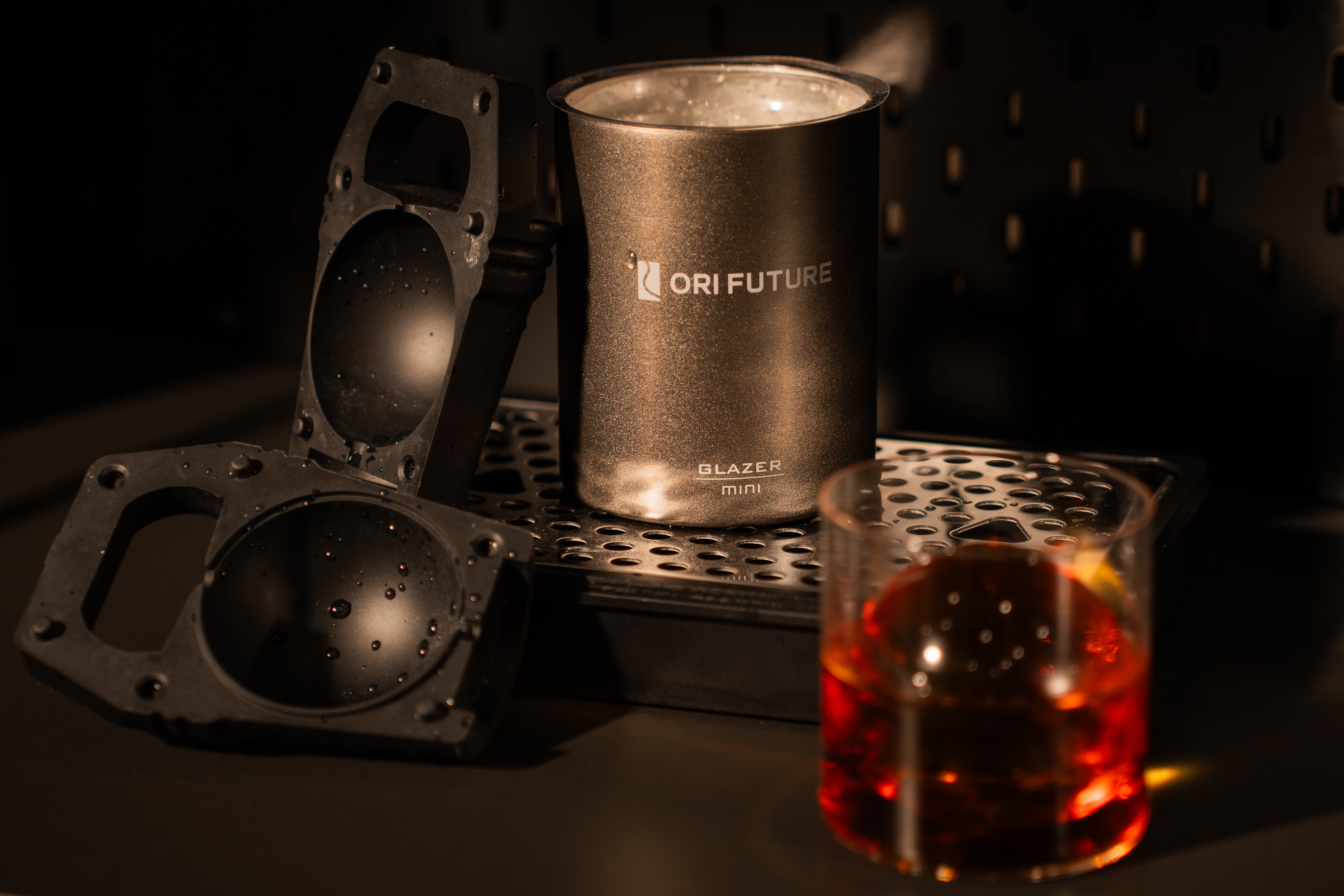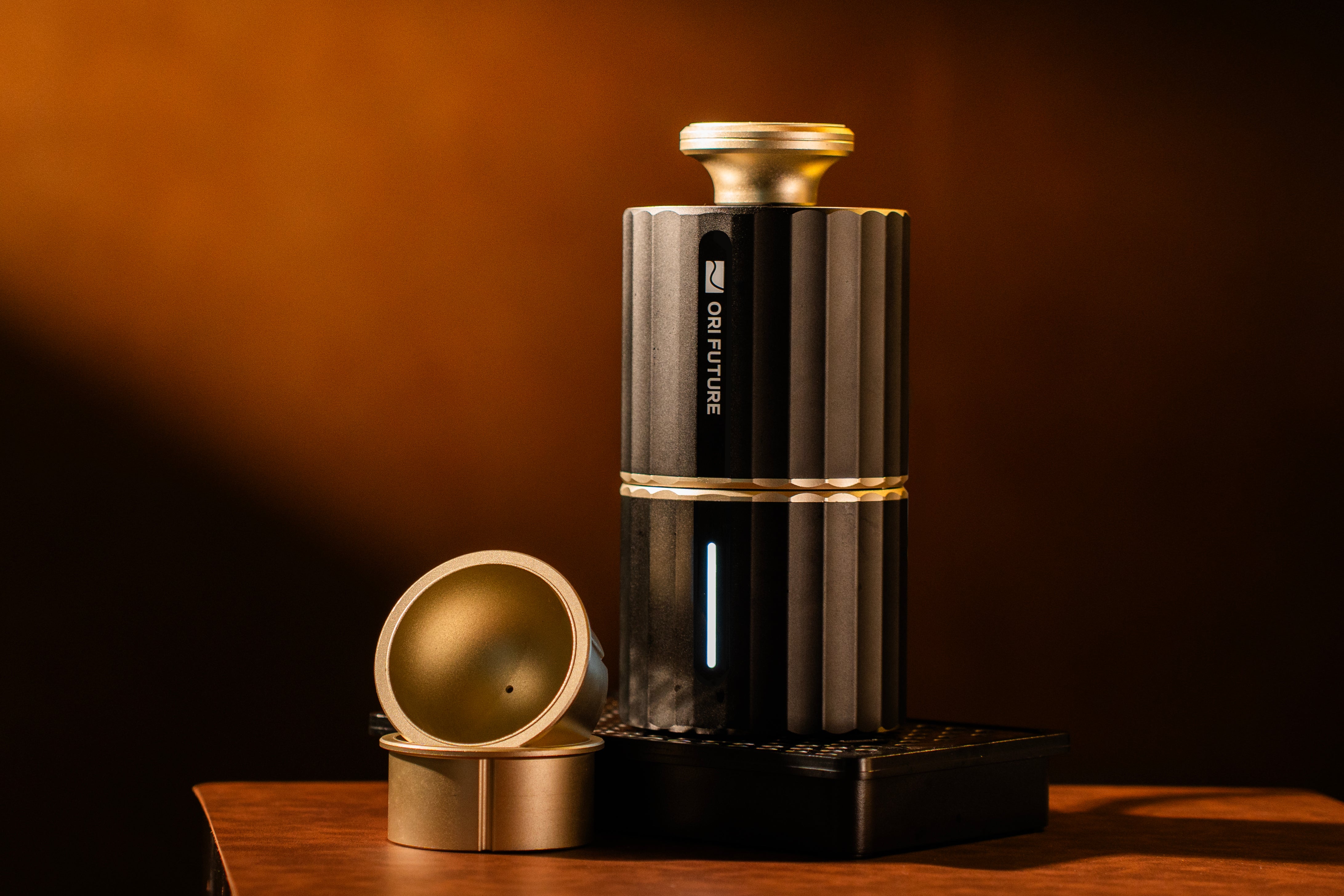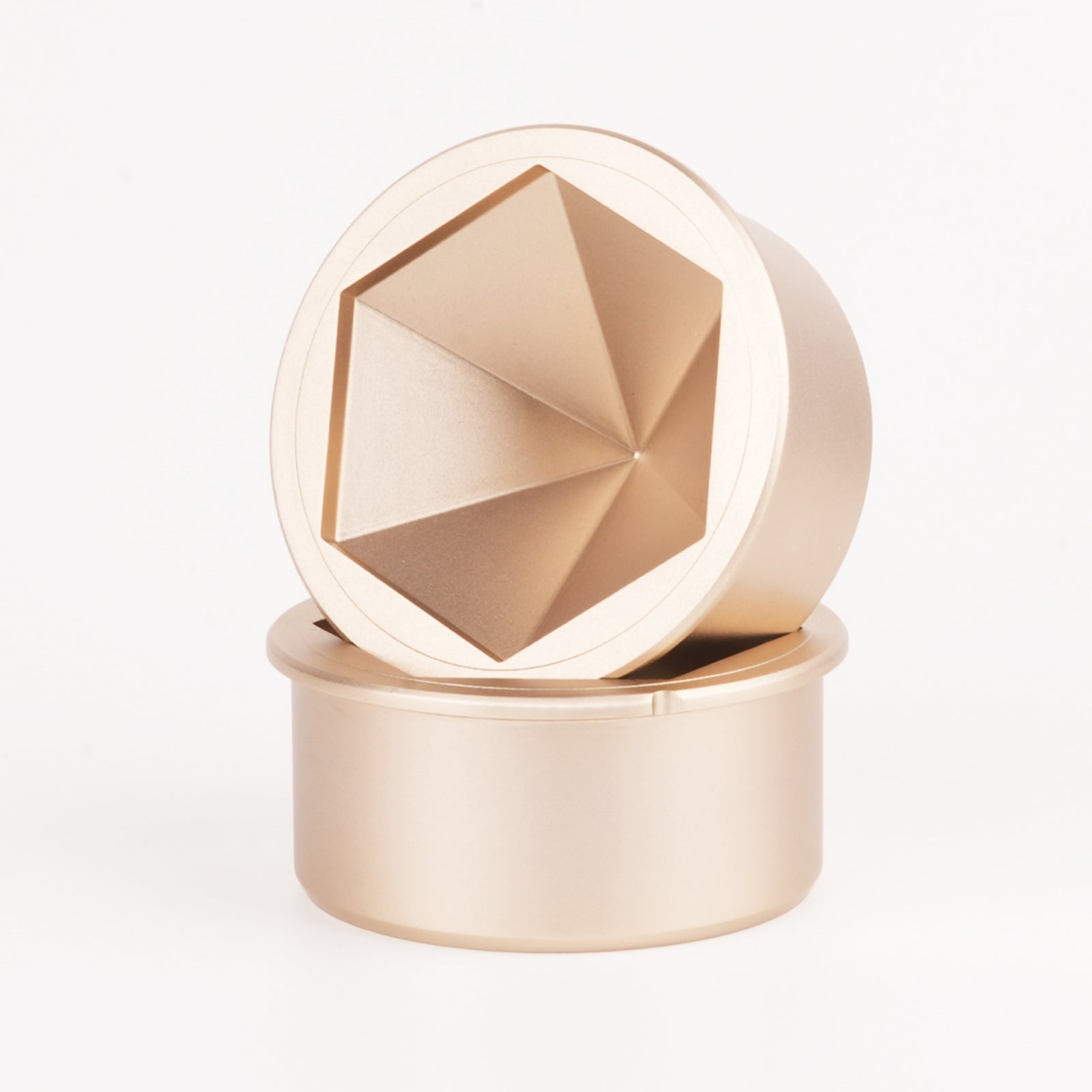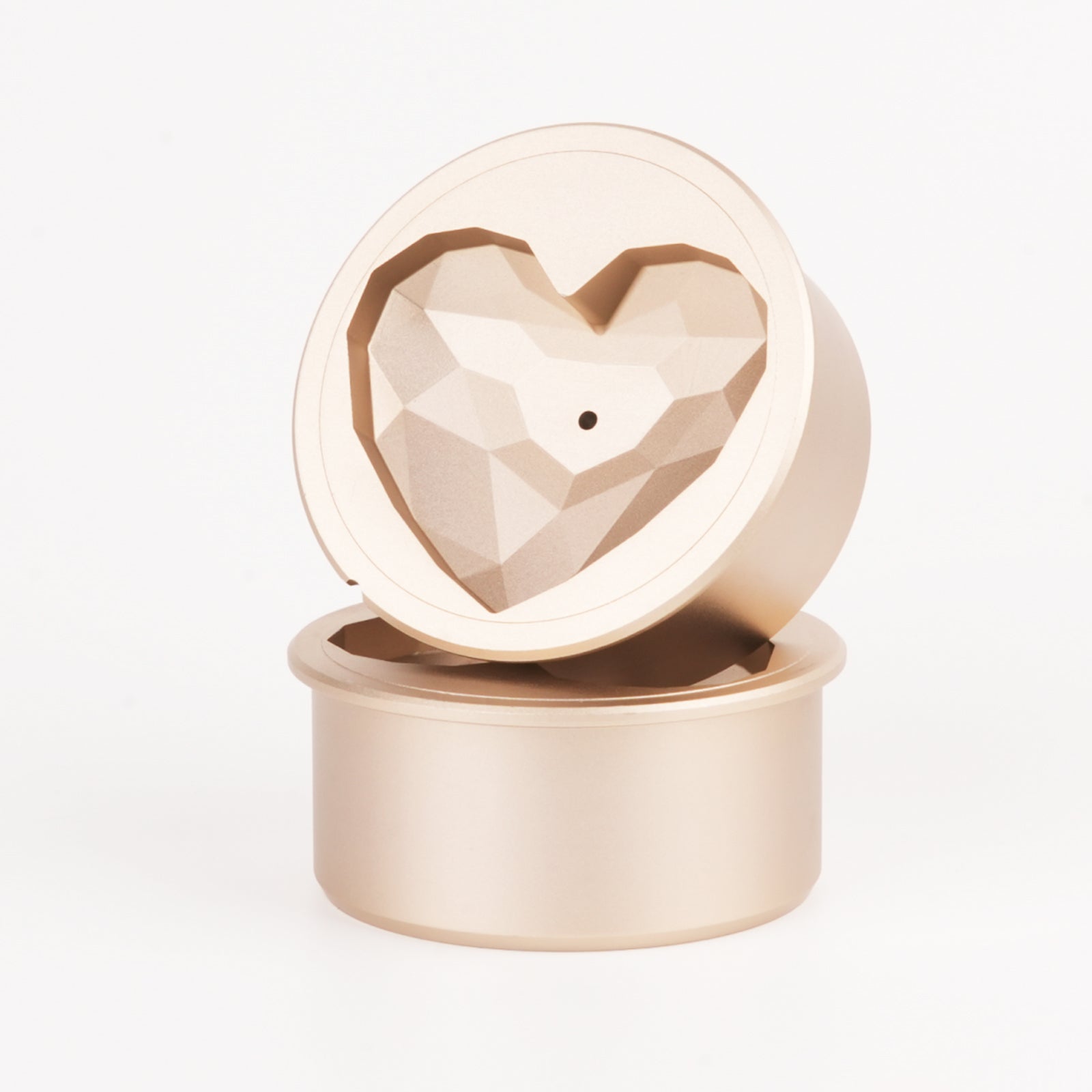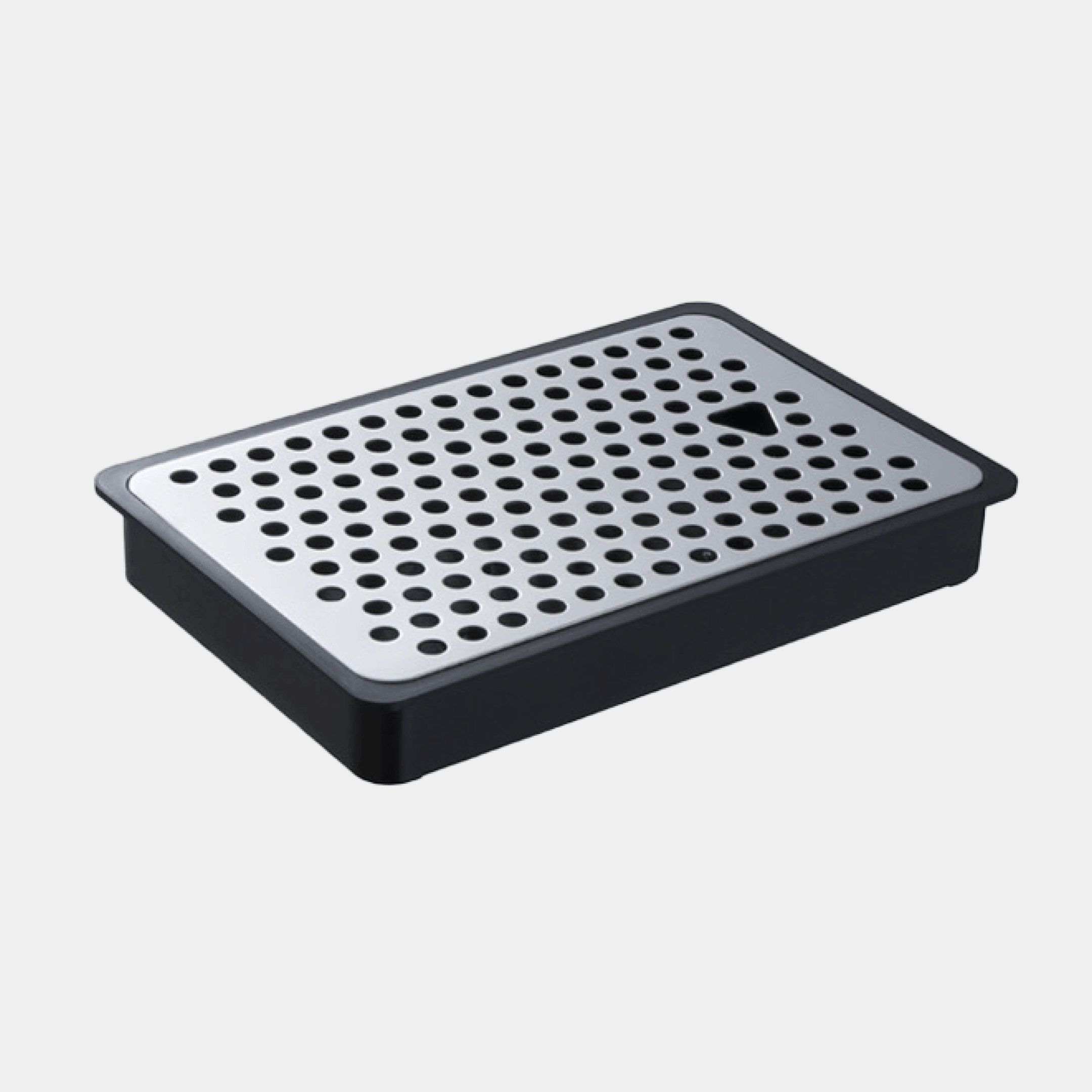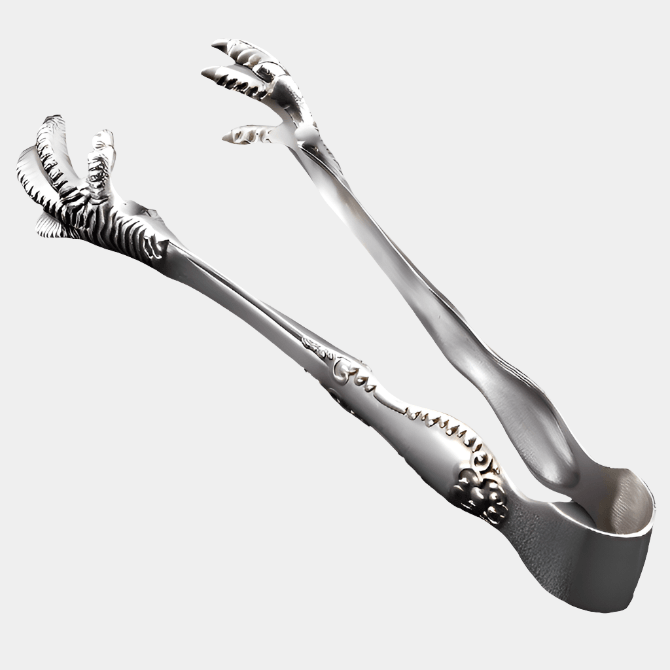The quest for cooling technologies dates back to ancient Egypt and Persia, where people made ice by placing water in shallow trays exposed to the desert's chilly night air, utilizing the night's radiant cooling. Over time, cooling technology evolved from simple natural methods to complex mechanical systems, showcasing human ingenuity and reflecting the growing demand for cooling.
Natural Ice Harvesting and Use
Before the advent of artificial ice-making, humanity's ice needs relied entirely on naturally occurring ice. This process, often carried out in winter, involved manually cutting ice blocks from frozen lakes or rivers using saws and other tools. These blocks were then transported and stored in underground icehouses, insulated with sawdust or straw to isolate them from external temperatures for year-round use, playing a vital role in food preservation and beverage cooling.
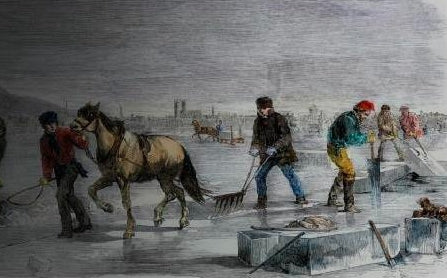
Rise of Manufactured Ice Technology
By the mid-19th century, as the Industrial Revolution progressed, artificial ice-making technologies began to develop. Innovations by inventors like John Gorrie propelled the advancement of ice machines, marking a significant leap in refrigeration technology and reducing reliance on natural ice. The development of manufactured ice revolutionized multiple sectors, including food preservation, dining services, and healthcare. It enabled year-round ice availability and improved hygiene standards by controlling water quality and the cooling environment, avoiding pollution issues associated with natural ice.
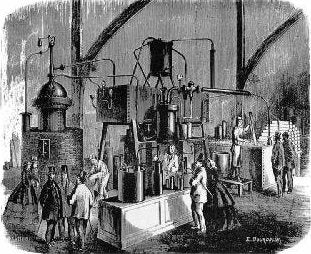
Refrigerators and Domestic Ice Makers Become Popularization
With the invention and widespread adoption of electric refrigerators and home ice makers in the early 20th century, making and using ice became more convenient and sanitary. This innovation made ice production and use a daily routine, greatly facilitating beverage cooling and food preservation.

Innovation in Ice Molds and Use of Ice Presses
Technological advancements led to more diverse and specialized ice molds, allowing users to create ice blocks of different shapes and sizes as needed. Additionally, the introduction of ice presses, especially in the culinary industry, provided an efficient way to break large ice blocks into smaller pieces, meeting the demand for quick preparation.
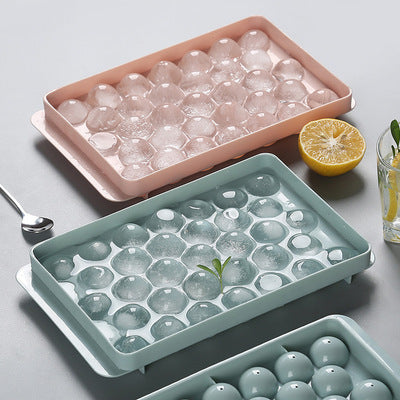
Innovative Ice Press Technology with Interchangeable Inserts
The introduction of ice presses with heated, interchangeable inserts represents the latest technological innovation. GLAZER, this ice press not only has the function of making ice more quickly but also allows for the production of ice in various shapes and sizes with interchangeable inserts, increasing the flexibility and creativity in ice making.
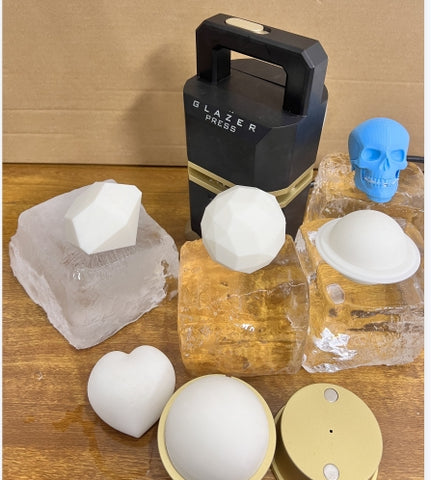
Conclusion
The journey of ice from natural ice harvesting to the rise of artificial ice-making technology, and the widespread use of refrigerators and ice machines, to the innovative use of ice molds and presses, illustrates the technological progress and innovative spirit in meeting cooling needs. The introduction of technologies like ice presses with heated, interchangeable inserts enhances the flexibility of ice production, paving new directions for future refrigeration technology and applications. This evolution not only reflects technological advancements but also demonstrates the relentless pursuit of improved quality of life.





